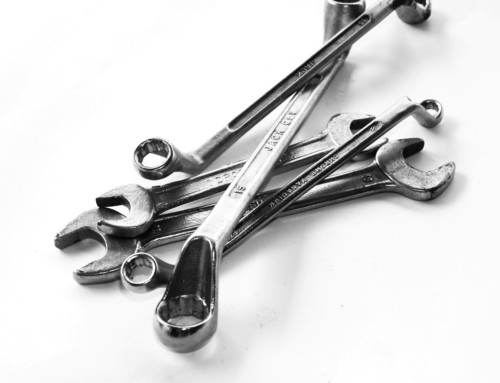The Warning Signs That You Need a Culture Change
 Imagine working within (or maybe you don’t need to imagine it) an organization in which everything is completely reactive. You arrive early to try and organize the work for the day, yet only to find out someone else is there doing it.
Imagine working within (or maybe you don’t need to imagine it) an organization in which everything is completely reactive. You arrive early to try and organize the work for the day, yet only to find out someone else is there doing it.
During the course of the day, there are multiple failures and all are followed with “I told John that was making noise a few days ago.” You inquire if the operator submitted a work request and you receive the response “That’s maintenance’s job”.
Unfortunately, this a common scene played out in many plants and organizations each day, but it doesn’t have to be. The majority of the issues seen in this scene can be traced back to the culture of the organization. When you have a great culture, you will be successful. As Peter Drucker has stated “Culture eats strategy for breakfast” and he is 100% right.
Without a good culture, no tool (whether it is RCM, RCA, or PdM) will not improve reliability. Reliability begins with people, and culture is made up of the people. Over the course of the next 5 blog posts, I will discuss how to;
- identify a poor culture
- start a culture change
- getting the right people on board
- accelerating the change
- and sustaining the change.
Starting with an identifying a poor culture, here are the top 4 ways to identify a poor culture.
Lack of Roles & Responsibilities
In many organizations the issues with the culture is not with the technicians, but with the maintenance leadership team. Without Roles & Responsibilities, the planners, supervisors and storeroom staff will not function as a team. This leads to work being duplicated by many people, and other work not being completed.
Without the maintenance leadership team aligned, how do you expect the technicians and operations team to believe in the maintenance & reliability program?
The Blame Game
Another sign of a poor culture, is the presence of the blame game. This is the constant battle that many organizations face, and it a sign of a mis-aligned or poor culture. Typically, the blame games has Maintenance blaming operations for running the equipment into the ground, and operations blaming maintenance for not maintaining it.
This constant back and forth further drives the culture into the ground, as the people become segregated into their own team.
“It’s Not My Job”
“It’s not my job”, is very much related to the blame game, but takes it to another level. It is one thing when something fails, but when that failure was detected and progressed because no one was notified, is another. This is seen in many organizations, as operations feel that notifying maintenance of equipment issues is not their job. Maintenance feels it is not their job to identify these issues as operations uses the equipment everyday.
This is a dead giveaway of a poor culture, and until this is overcome you will never improve reliability.
Not Matter What, It’s Always Reactive
Maintenance & Reliability has many tools available, such as RCM, FMEA, RCA, PdM, etc. Organizations that deploy many of these tools, fail to see any improvements in Reliability, why is that? The lack of culture. So if you have utilized these tools successfully and have not seen any improvement, look to your culture. Chances are the issue is there.
To summarize the 4 signs of a poor culture are;
- Lack of Roles & Responsibilities
- The Blame Game
- “It’s Not My Job”
- No Matter What, It’s Always Reactive
Having the right culture is critical to the success of your maintenance & reliability program. So how many of these signs do you have in your organization? What have you done to overcome these?
It is only by changing the culture that you can improve the reliability of your assets. Reliability is based on people and so is culture, so focus on the culture and reliability will follow.
In the next post I will cover how to begin laying the ground work or foundations for a culture change.
Remember, to find success, you must first solve the problem, then achieve the implementation of the solution, and finally sustain winning results.
I’m James Kovacevic
Eruditio, LLC
Where Education Meets Application
Follow @EruditioLLC
References & Related Materials:
STOP! Break the Reactive Cycle with Roles & Responsibilities
RCM2 by John Moubray
Root Cause Analysis Made Simple
The Basics of FMEA[/fusion_builder_column][/fusion_builder_row][/fusion_builder_container]




